Standards Spring from the Need to Protect
Most of us in the valve industry take for granted the interchangeability and standardization of the valves produced today.
#valvehistory #standards
Things like end-to-end dimensions, flange sizes and bolt circles, and even pressure ratings, were left up to the engineering and production departments of each company. Such factors were addressed in due time; however, as with many drivers in the manufacturing world, the first valve standard to be drafted covered something much more important—life and death.
Back in the latter half of the 19th century, boiler explosions were occurring at an alarming frequency, and public outcry was heard throughout the land—it appeared that the steam-fired industrial revolution was threatening to literally blow itself up.
In 1880, the American Society of Mechanical Engineers (ASME) was formed and over the next few decades this group of engineers created the first iteration of the Boiler and Pressure Vessel Code (B&PVC). The problem of inconsistent boiler integrity was high on the group’s list of topics to be addressed. While the code initially dealt with a number of issues concerning materials and construction, it wasn’t until the 1914 edition of the B&PVC that safety valves were covered. It would be the first time in history that makers of safety valves had agreed to common standards for their products.
These groundbreaking safety valve rules and regulations would be honed over the years and are still actively supported today by a group in ASME called the National Board of Boiler and Pressure Vessel Inspectors.
The industrial growth during the first years of the 20th century highlighted the need for valve and piping standardization throughout the world of manufacturing. The Henry Ford automobile assembly line techniques were adopted by many industries, including valve and fitting manufacturers. While products were flying off the assembly lines at record rates, there was no interchangeability between manufacturers’ products. You only have to look at catalogs of the day—product images show valves with blank flanges, devoid of bolt holes—to see that something was missing. The something was flange standards. Back then, it was up to the purchaser to provide the bolt-hole drilling information.
In 1936 API, in response to the huge growth in the oil and gas business, published 5-G-1, Pipeline Valves. Following the turmoil of World War II, API 5-G-1 would be expanded into the first edition of API 6D, at the time titled Iron and Steel Flanged Gate, Plug and Check Valves for Pipeline Service.
Probably the most familiar standard in the industrial valve business today is API 600, which covers steel valves for refinery service. When first published in 1939, the document was titled API Standard on Flanged Steel, Outside Screw and Yoke, Wedge Gate Valves. The API 600 document exists today as Steel Gate Valves, Flanged and Butt-welding Ends, Bolted Bonnets.
Flanges and bolt patterns have been standardized since the mid-20th century; however, there were two different flange standards, MSS SP-44 and API 605 for valves over 24 inches in size. Even though the flange designs and bolt patterns are totally different, the difference has never been successfully addressed and continues to plague manufacturers, distributors and end-users.
Valve testing standards are a relatively new creation. When the API 600 document was first published (before World War II), testing criteria was simple—valves couldn’t leak during testing. Try selling that concept today! In response to the lack of realistic testing standards, MSS created, SP-61, “Pressure Testing of Valves” in 1961. It has been supplanted substantially by the most widely used testing standard in the U.S. today, API 598, “Valve Inspection and Test,” which was first published in 1968.
For the water and wastewater industry, the American Water Works Association has created general standards, while the International Society of Automation is the creator and custodian of control valve specifications.
The history of valve standards is a still being written: Old standards are revised and new ones created. In API, for example, standards created during the past 20 years have covered valve repair, valve qualification, fugitive emissions testing and fire testing of valves, to name a few.
When we look at the rich past of the valve industry, we find that valve standardization runs both a parallel and an intertwined path dotted with stories of famous companies as well as great achievements in valve design.
Greg Johnson is a contributing editor for Valve Magazine and president of United Valve in Houston (www.unitedvalve.com). Reach him at greg1950@unitedvalve.com.
RELATED CONTENT
-
The Intriguing Story of the Pressure Seal Valve
In a quest for more efficient power generation, power plants in the 1930s pushed the pressure-temperature envelope.
-
VMA Looks Back at 2012 and Forward to 2013
Contrary to dire predictions, the end of the Mayan calendar signaled only the end of one cycle and the beginning of another, while the end of 2012 signaled the end of another banner year for the Valve Manufacturers Association and the beginning of an exciting 2013.
-
The Boom of Hydrogen Service
Hydrogen is very reactive and highly explosive, and it is composed of the smallest molecules known to man.





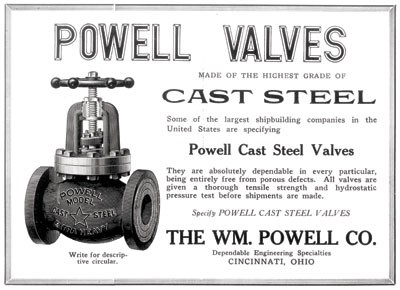
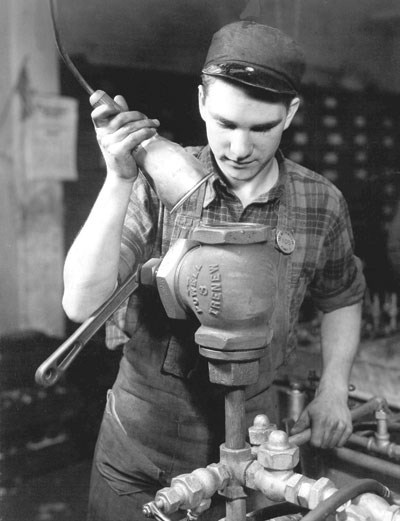
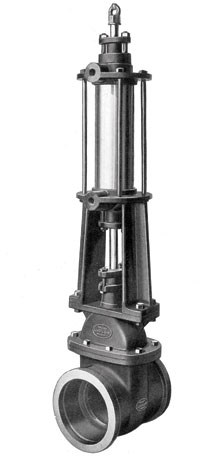
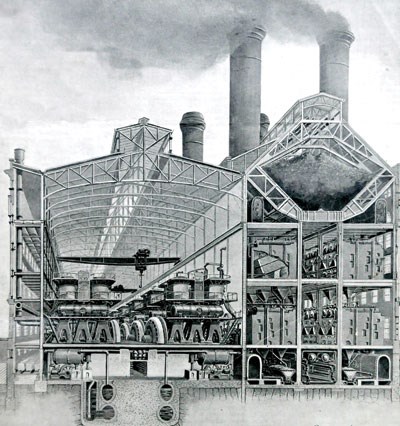
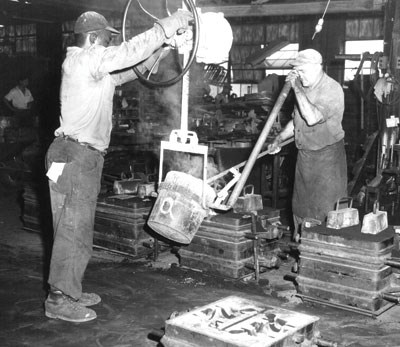





 Unloading large gate valve.jpg;maxWidth=214)
